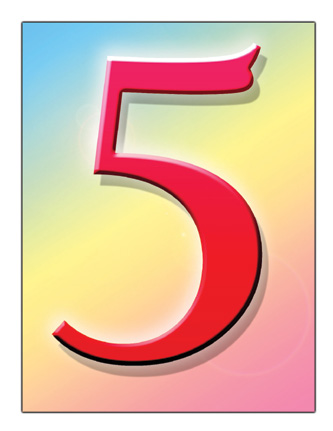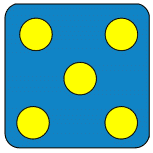Thoughts from Parshas Devarim/Shabbas Chazon
 We begin Sefer Devarim this week with Parshas Devarim. The sefer is one of tochachah, of mussar, so it's fitting that Moshe Rabeinu begins with giving mussar to klal yisrael. The Megaleh Amukos says that the first word of the sefer, "AiLeH" stands for Avak Lashon Hara. He quotes a gemara in Bava Basra that describes the bnai yisrael and says "ruban b'gzeila, miutan b'gilui arayos, v'KULAN b'lashon hara". Very scary statement. So the Megala Amukos points out that the pasuk says "Aileh hadevarim asher diber moshe el KOL yisrael". If he was giving mussar to ALL of them, it had to be about Lashon Hara, maybe not lashon hara, but at least avak lashon hara. what is the root of avak lashon hara? chazal tell us, sinas chinam. Without (at least) some, small, minute amount of sinas chinam, even avak lashon hara wouldn't be possible. Parshas Devarim is always the shabbos before tisha b'av, which commemorates the day on which the bais hamikdash was destroyed, and why? because of sinas chinam. The connection is, unfortunately, perfect.
We begin Sefer Devarim this week with Parshas Devarim. The sefer is one of tochachah, of mussar, so it's fitting that Moshe Rabeinu begins with giving mussar to klal yisrael. The Megaleh Amukos says that the first word of the sefer, "AiLeH" stands for Avak Lashon Hara. He quotes a gemara in Bava Basra that describes the bnai yisrael and says "ruban b'gzeila, miutan b'gilui arayos, v'KULAN b'lashon hara". Very scary statement. So the Megala Amukos points out that the pasuk says "Aileh hadevarim asher diber moshe el KOL yisrael". If he was giving mussar to ALL of them, it had to be about Lashon Hara, maybe not lashon hara, but at least avak lashon hara. what is the root of avak lashon hara? chazal tell us, sinas chinam. Without (at least) some, small, minute amount of sinas chinam, even avak lashon hara wouldn't be possible. Parshas Devarim is always the shabbos before tisha b'av, which commemorates the day on which the bais hamikdash was destroyed, and why? because of sinas chinam. The connection is, unfortunately, perfect.The question has always come up, the first bais hamikdash was destroyed because of avoda zara, shfichas damim and gilui arayos. The big three. That makes sense. That churban only lasted 70 years. The second bais hamikdash was destroyed because of sinas chinam almost TWO THOUSAND years ago. The fact that sinas chinam was reason enough to destroy the bais hamikdash is pretty shocking, but enough to keep us in galus for two thousand years, is mind boggling.
Years ago I spent a shabbos with an african american ger tzedek. He is a truly amazing person. I hardly slept that shabbos, I was tied to his every word to soak up what he had to say. At one point, he turns to me, and out of nowhere, mentions the question I just raised. He said, he couldn't understand it, until a few years prior. He went on to say that he is an extremely calm, patient and mild mannered person. It takes a lot to get him angry, but there is one thing that gets under his skin and causes him to erupt more than anything else. It's when his kids are fighting with each other, particularly for no good reason. I think any parent with more than one child or any child that had at least one sibling can relate. He looks at me, and says, that's what sinas chinam is to Hashem. It's two of his children fighting for no real reason. I just stood there in awe. So simple, so brilliant.
Good Shabbos!
















